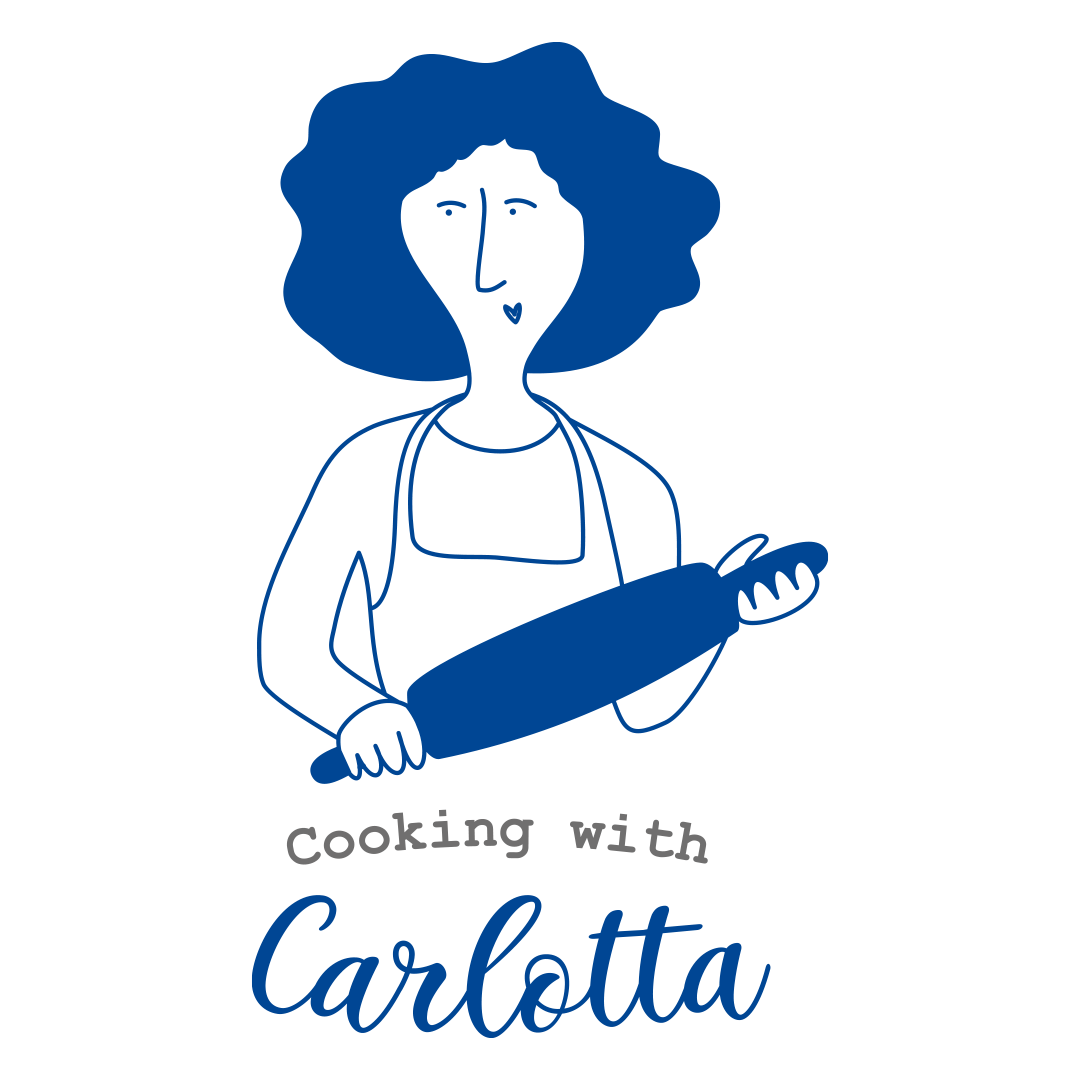

Pasta e fagioli (pasta and beans) is a very typical Italian soup, simple, easy, yet incredibly versatile, as it is prepared many ways all across Italy.
For thousands of years, beans have nourished people from every social class, but its richness in proteins allowed the survival of the most of population who could not afford meat. Every region and corner of Italy has a version of this kind of soup, the simplest soup. It is prepared with an incredible set of variations: with the trinity of onion, carrot and celery, the fundamental ingredients of the majority of Italian sauces and stews; just simply with sliced onion and tomato in order to highlight the flavour of the beans, or parsley, or rosemary. In every Italian town and family there is always the addition of a personal touch.
Yet, despite its modesty, it is considered a comfort food, nourishing, simple but heart-warming.
This recipe is the one I rely on as a Romagnola, and I used it to civilize my husband: he had never eaten beans and soups before meeting me, and since he was such a carnivore, my trick was to blend all the vegetables and add some pancetta or ham to disguise the vegetables. It was like a kind of weaning.
Nowadays, sometimes my pasta e fagioli (the Italian for pasta & beans) is vegan: I often refer to a recipe I was given in Le Marche region by a restaurant owner/chef, which used just onion and tomato for his soffritto. Then of course you follow the recipe as usual. I always have a supply of frozen maltagliati (fresh egg pasta) in my freezer, but if I use dried pasta, I even create a vegan and even lighter dish.
If I am using fresh pasta which cooks quickly, I cook it in the soup directly, in which case some attentive stirring is in order or the pasta will stick to the bottom of the pot. If you prefer using dried pasta – you should cook it separately and then add it to the soup.
The only tricky part of making this dish is remembering to soak the beans, which if you are me, can be quite tricky, but is most satisfying when you remember. Then you need to remember to cook them, at a gentle simmer for at least a couple of hours while you spend your time reading everybody’s latest posts. You can use tinned beans. but then you will miss the water the chickpeas were cooked in which provides agreat stock for your soup.
Usually, in most cookbooks, the beans and the soffritto are cooked in 2 different pots, whereas, since washing too many dishes is against my religion, I use always the same one.
Prep Time: 10 minutes | Cooking Time: 40 minutes | Total Time: 50 minutes | Yield: Makes 4 servings.
In the pot, sauté the vegetables in olive oil, and after 2 minutes, add the pancetta or pork jowl. Cook for 5-6 minutes on medium-low heat.
When the soffritto is golden, add the tomato puree and simmer for 15 to 17 minutes. Add the beans and 4 cups water (1 L water). Season with salt and let it cook, simmering. It takes about 80 minutes if you decide to cook with a normal pot; if this is the case, I strongly recommend a cast iron pot. In a pressure cooker it takes 20 minutes.
In the cast iron pot, you’ll have probably to add the rest of the water, or even more. Just add it gradually. Preferably hot, or you will lower the cooking temperature and it will take longer.
When beans are cooked, remove a ladleful of beans with some liquid and blend with an immersion blender in a container and add it back to the pot. It will give the soup a creamier texture without adding cheese.
Add pasta and follow the indications for cooking time.
When it is cooked, let it sit for 3 minutes and serve.